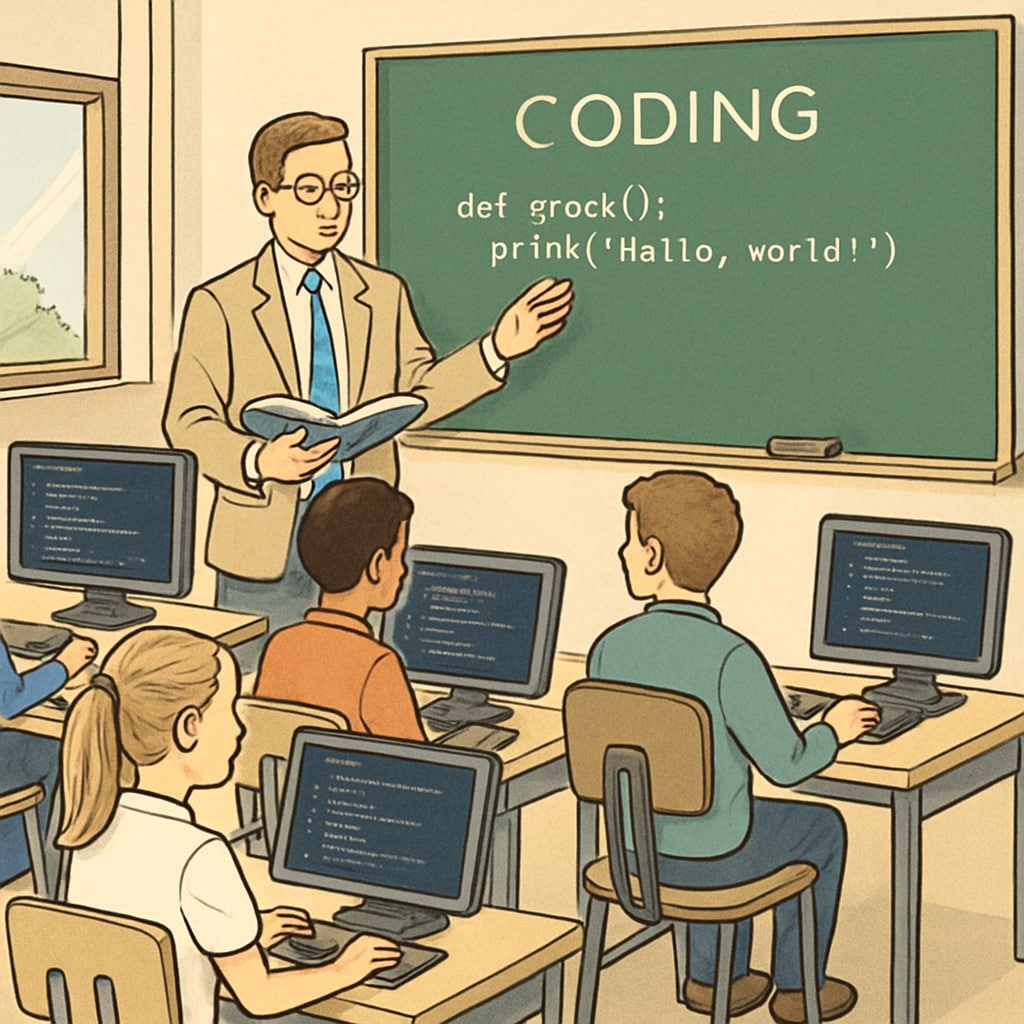In modern K12 education, striking a balance between Career and Technical Education (CTE), district structures, and traditional academic subjects has become increasingly important. As educators aim to prepare students for both higher education and the workforce, integrating these two educational paths effectively is critical. This article examines the organization of CTE programs across different districts and their impact on fostering well-rounded student outcomes.
The Evolving Role of Career and Technical Education
Career and Technical Education (CTE) has long been considered a specialized pathway for students who may not pursue traditional college degrees. However, this perspective is changing. CTE now encompasses a wide range of fields, from information technology and healthcare to engineering and the arts, offering students valuable skills that align with real-world needs. According to a Britannica article on vocational education, CTE provides practical training that complements theoretical knowledge, ensuring students are workforce-ready.
In addition to skill development, CTE programs can enhance student engagement and motivation by connecting classroom learning to tangible career opportunities. For many students, this hands-on approach can make education more relevant and meaningful.

Challenges in Balancing CTE and Traditional Academics
Despite the benefits of CTE, integrating it with traditional academic subjects presents challenges. District structures often prioritize standardized testing and college-prep courses, leaving limited room for technical and vocational training. For example, students may face scheduling conflicts that force them to choose between advanced placement (AP) courses and CTE electives.
Additionally, there is a persistent stigma surrounding CTE. Many parents and educators still view it as a “lesser” option compared to traditional academic tracks. Overcoming these biases requires a cultural shift within schools, as well as collaboration between educators, industry leaders, and policymakers.
Strategies for Creating a Balanced Educational Model
Achieving a harmonious balance between CTE and traditional academics involves rethinking the design of K12 curricula. Below are some effective strategies:
- Integrated Curricula: Combining academic subjects with technical training can help students see the connections between theoretical knowledge and practical applications. For example, a physics course can include modules on engineering principles.
- Flexible Scheduling: Districts can adopt block scheduling to allow students to participate in both CTE and advanced academic courses without conflicts.
- Collaboration with Industry: Partnering with local businesses can provide students with internships and real-world experiences, bridging the gap between classroom learning and the workforce.
- Teacher Training: Educators need professional development opportunities to effectively integrate CTE concepts into academic subjects.
By implementing these strategies, schools can create an environment where students are equipped with both the critical thinking skills required for higher education and the technical skills needed for career success.

The Future of K12 Education: A Holistic Approach
The future of education lies in its ability to adapt to the changing needs of society. By balancing Career and Technical Education with traditional academics, schools can better prepare students for a dynamic world. For instance, the integration of STEM (Science, Technology, Engineering, and Mathematics) programs with soft skills training ensures that students are not only knowledgeable but also adaptable.
In addition, district-level policies must support such integration by allocating resources equitably and promoting collaboration between different departments. According to Wikipedia’s page on Career and Technical Education, successful models often involve community input and alignment with local economic needs.
As a result, students graduate not only with diplomas but also with the skills and knowledge to thrive in both academic and professional environments.
Readability guidance: This article uses concise paragraphs and lists to summarize key points. It maintains an active voice and incorporates transition words to guide readers. The use of external links and images ensures a comprehensive and engaging reading experience.


